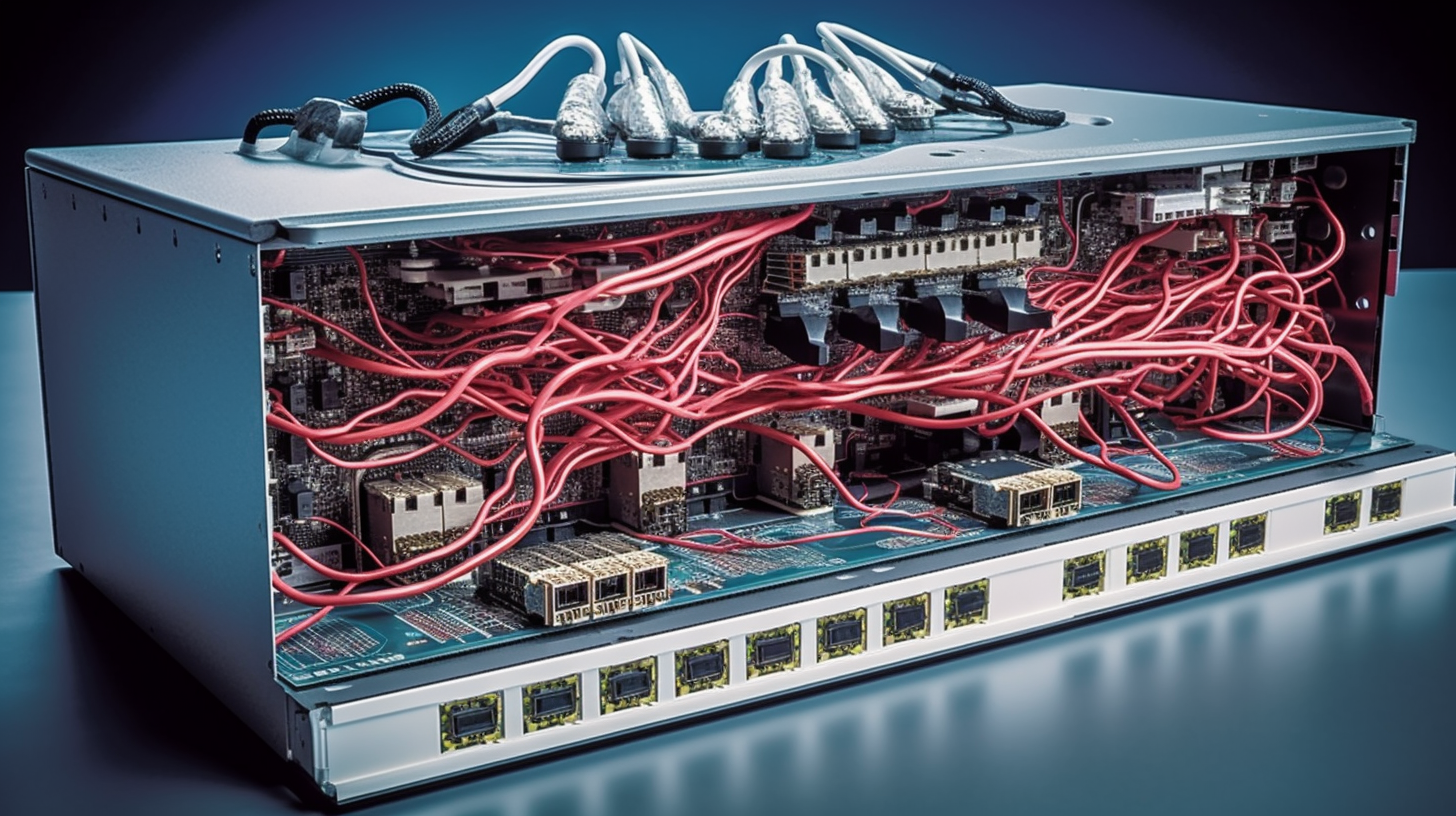The Intricacies of Configuring Basic Switch Management for the CCNA 200-301 Exam

Mastering the art of switch management is as essential as it gets to ace your CCNA 200-301. Then I might as well be a monkey's uncle if you don't think it's essential! We're going to set the stage before taking the plunge. Switch management is like the beating heart of networking basics. Although the concept is as old as dirt, its relevance remains unchanged. Indeed, it will continue to hold the key in our future cloud-powered world. So, buckle up, as we're set to dive into the nitty-gritty details of configuring basic switch management. We stand on the threshold of the complex, yet paradoxically straightforward world of Cisco switch management.
The Basic Setup
Alright then, let's make a cracking start! Setting up the switch forms the most fundamental and crucial part of switch management. Sounds simple, right? Wrong! If you get it wrong with switches that act as your network's traffic cops, you can cause chaos. This experience can be like herding cats. But don't fear, it'll be as easy as pie once you get the hang of it. You must perform several steps when configuring a switch: name the switch, set up a management IP, establish a default gateway, and create a password. And let's not forget those vital VLANs.
Let's Talk Switch Security
OK, let's sidestep over to another critical aspect - switch security. By George, it's important! Your switches form the first line of defense in a world where cyber threats lurk at every corner. You can think of it as a fortified castle wall. You don't want any John Doe strolling in uninvited, do you? Of course not! This is where you'll need to bring into play things like port security, login banners, and SSH configurations. Also, the Spanning Tree Protocol (STP) exists... but we will discuss that on another day.
Now, let’s change our gears and head towards a more academic perspective on this topic.
Scrutinizing the Details of Switch Management
Switch configuration is a fundamental component in the realm of network management and control. This discipline requires execution proficiency in various facets such as default gateway configuration, password setup, and the application of the management IP address. The task of assigning a suitable name to the switch, although seemingly trivial, in fact serves a significant operational purpose. Additionally, the management of VLANs, a mechanism that partitions a network into isolated subnetworks, is vital for effective Switch management.
In this digital era where safety measures are paramount, it's imperative to include switch security in our conversation. Various components including access control lists, port security, and login banners, among other features, are pivotal to fortifying network security. SSH configuration, for instance, is instrumental in providing encrypted secure network services for remote command-line login and other secure network services. Above and beyond these measures, additional network security architectures could be employed to further enhance the security protocols.
As we further peer into this topic, a touch of statistics and numbers can provide a fascinating perspective.
A Statistical Perspective
Hold your horses! We're on the verge of throwing some numbers your way. Recent reports suggest that an astonishing 60% of network breaches happen due to inadequate internal network security. Can you believe that? And a chunk of these could be prevented by proper switch management. You see, each poorly managed switch is like an open window in your network house, and believe me, you don’t want to leave that window open. Studies show that companies with stellar switch management procedures experience 30% fewer network issues. That's a number you can hang your hat on!
In conclusion, configuring basic switch management is a skill that is as essential as bread and butter in the networking world. It requires a keen understanding of networking concepts and a sharp knack for details. And remember, practice makes perfect! So, don’t just stand around like a bump on a log, get configuring!